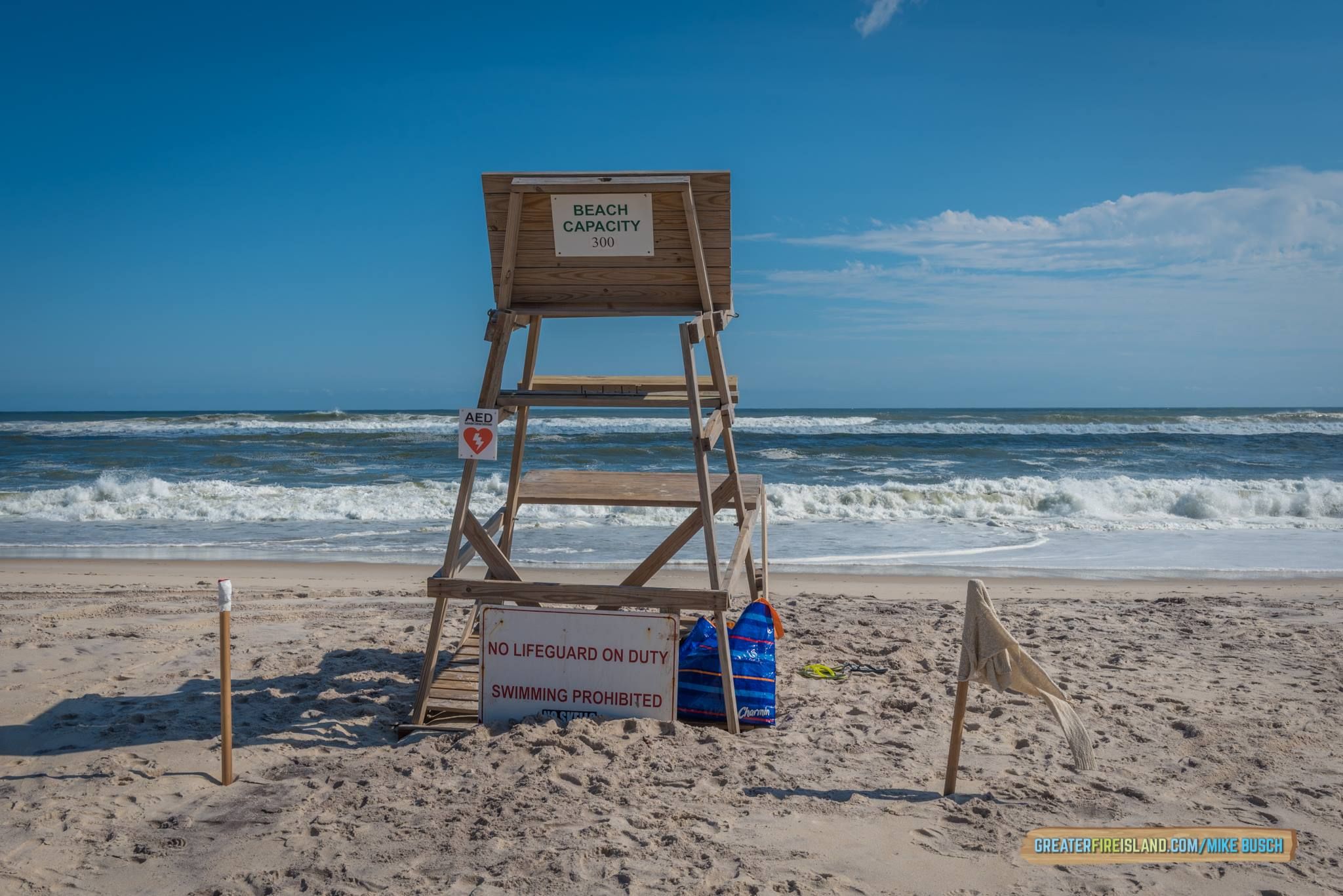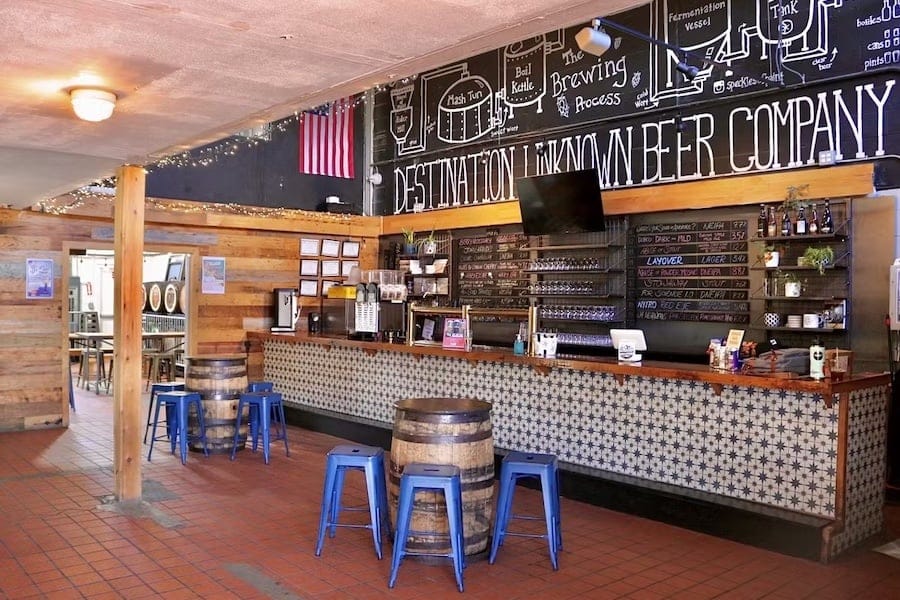
Greater Bay Shore coverage is funded in part by Shoregate, now leasing brand-new premium apartment homes in the heart of Bay Shore. Click here to schedule a tour.
by Chris Verga |
The Great Barrier Reef of Australia. Venice. Athens. Petra Jordan. The Galapagos Islands.
These wonders all have unquestionable natural beauty or stand as beacons to cultural innovation, or both.
What about the internationally known Fire Island?
The designation of a World Heritage Site comes in the form of a treaty with the United Nations that prioritizes global protection for the recommended site’s natural or cultural heritage as a whole.
According to the United Nations, a world heritage site has to meet two of 10 selected criteria set by the World Heritage Convention.
There are currently 1,052 world heritage sites. These sites include 814 related to culture, 203 that are based on natural landscapes and 35 of that are of both cultural and natural significance.
Examples of lesser-known culturally significant sites are Cape Coast Castle Ghana, which was used as a slave depot during the Triangle Trade, and the entire city of Liverpool, England.
The U.S. is home to 23 of the 1,052 sites, a list that includes Everglades National Park and the Statue Liberty.
When compared to “mix use” heritage sites, Fire Island could qualify based on at least two of the 10 criteria. This is the argument environmental lawyer Irving Like is using to rally support for filing a World Heritage Site petition.
It can be argued that Fire Island easily fits criteria vi and ix.
Criteria vi
Directly or tangibly associated with events of living traditions, with ideas or beliefs, with artistic works of universal significance.
The community of Cherry Grove is symbolic to human rights and the origins of the country’s Gay Rights movement. After World War II, Cherry Grove became the first gay and lesbian community for people to be open about their sexual orientation.
Carl Luss, a Cherry Grove resident of 20 years, stated that “Cherry Grove was the first gay and lesbian resort community which shared rentals and ownership of homes with other gay, lesbian residents and their straight allies.”
On a National level, the National Register of Historic Places has granted designation to Cherry Grove’s Community House and Theater. According to the application for the historic registry, “the community house and theater provide an opportunity to document and study the Gay Lesbian Bisexual and Transgender Community in Pre-Gay Civil Rights movement.”
Then there’s the annual reenactment of the Invasion of the Pines, a three decade-old cultural tradition shared jointly between the neighboring communities of Cherry Grove and Fire Island Pines.
Criteria ix
Example representing ecological and biological evolution of marine ecosystem.
The Sunken Forest’s 300-year-old maritime holly forest is ranked globally rare.
The Sunken Forest comprises American Holly, Sassafras, Shadblow, Black Cherry, Black Maple, Oak and Pitch Pine trees. This forest matured behind the dunes below sea level. The low depressions and the trees on this section of the island allowed fresh water to accumulate to create a very distinct ecological system.
Accommodating this space is various species that are threatened or endangered. The Roseate Tern is on the federal endangered list and the Piping Plover and the plant Seabeach Amaranth is on the threatened list.
In the early 1960s, Maurice Barbash and Irving Like fought tirelessly to combat the construction of a highway, which would have destroyed 17 communities and leveled the Sunken Forest. The success of getting the island designated as a National Seashore protected the communities, natural forests and estuaries.
In an in-depth interview with Irving Like, he stated that the next step to assure protection is the World Heritage designation.
Like explained, “Similar to the Statue of Liberty, Fire Island is the gateway to New York. Designation does not only protect the site, but allows it to becomes a global symbol of peace.”
Attempts to designate Fire Island are in the very early stages of organizing resources and support.
National Park Service data from last year recorded 500,000 visitors spending $19 million dollars in 2016. Designation as a World Heritage site would undoubtedly increase the visitors and revenue to not only the barrier beach, but mainland Long Island as well.
And the culture and values that helped make Fire Island potentially eligible for this global designation, resulted in vast contributions to the Gay Civil Rights Movement and marking a battleground over climate change, represents so much to so many people of this generation and living in this part of the country.
Yet these civil rights and environmental battles have been — and still are — challenged daily within our social and political arenas.
Due to the country’s current political climate, cooperation to support Fire Island on a national level is unlikely.
But as stated by Irving Like: “Some losing battles are worth the fight.”
And if the fight never starts, it can’t be poised to win — when those political winds shift.
Featured photo: A lifeguard stand at Fair Harbor. (Credit Mike Busch/FireIslandandBeyond.com)



























